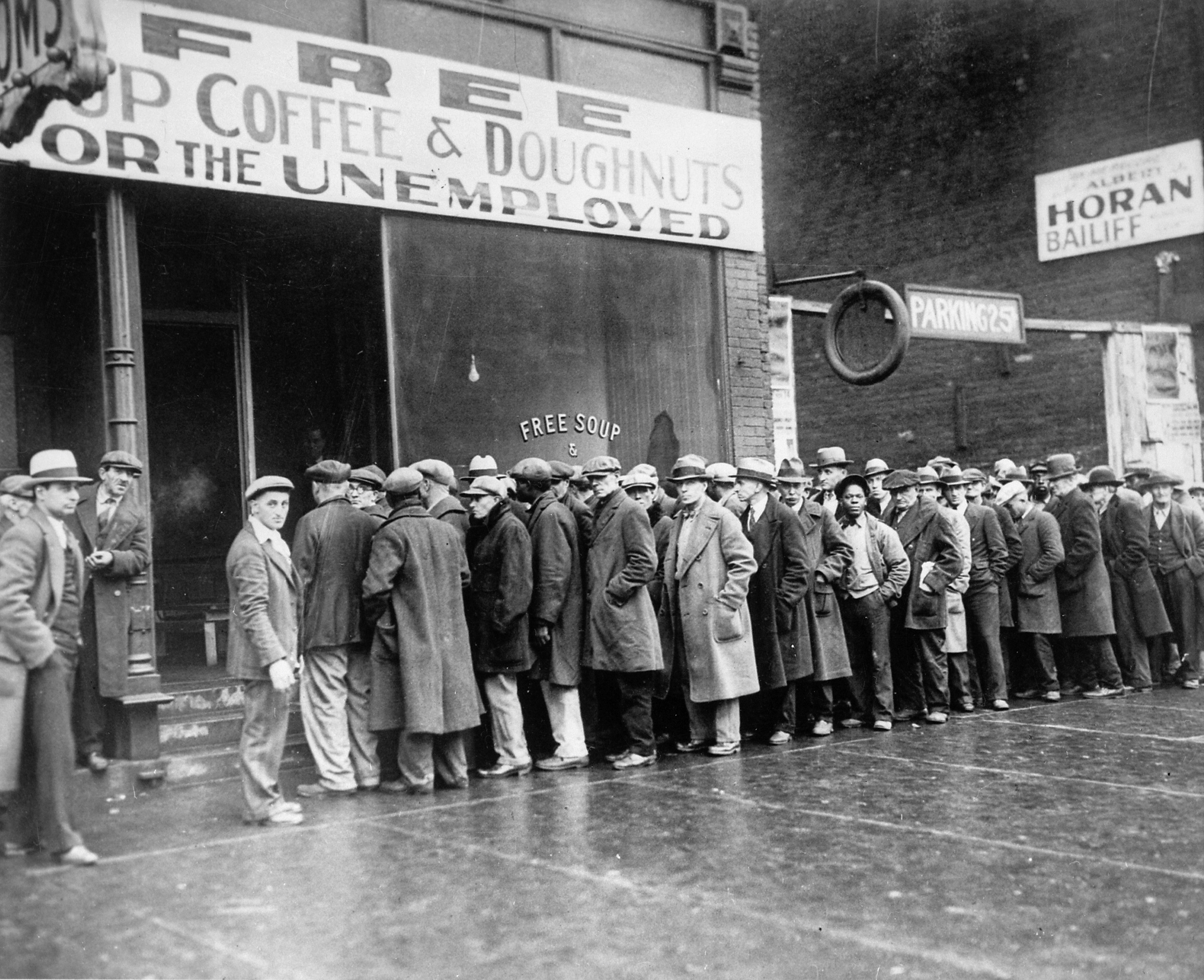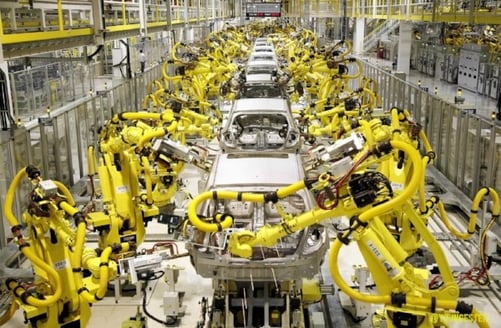
In this week’s blog, I will look at the future of automation in manufacturing. In previous blogs, I wrote about the positive and negative aspects of automation in manufacturing, and I explored the history of automation as well. Given that these cover nearly all bases of the issue, it is now time to look into where manufacturing is headed in the future.
Automation, for better or for worse, has been something companies have embraced for as long as there have been companies in business. Firms are always looking to stay on the cutting edge of technology, allowing them to stay a step ahead of their competition. Things like the assembly line were introduced and widely copied, and robots have become increasingly common in factories across the world. Keeping with this trend, companies embrace the latest technological advancements if they help their bottom line.
ARTIFICIAL INTELLIGENCE:

Artificial intelligence, or A.I., is the latest technological advancement to be utilized by large corporations. A.I. was first conceptualized in the 1950s by British mathematician Alan Turing who reasoned that machines could “think” in the same way humans do, utilizing both available information as well as reason. Unfortunately, Turing was unable to prove his hypothesis, as computers of his time were extremely large, slow, expensive, and incapable of performing the complex calculations performed by today’s artificial intelligence. Later on, however, A.I. technology began to flourish. As computers improved, A.I. improved with them. A.I. technology still faced setbacks until the 1990s, when A.I. had significantly improved, to the point where an IBM computer defeated a reigning world chess champion and grandmaster. Today, A.I. is seen nearly everywhere- in phones, computers, robots, watches, and even cars. Many companies are now testing driverless cars that rely solely on artificial intelligence to navigate busy city streets.
This is all well and good, but what does this increase in artificial intelligence capabilities mean for companies? In short, it means that companies are now utilizing technology in unprecedented ways. Whereas before most technological advances were advances in the machines that human workers used to complete tasks, companies are now bypassing the human element and utilizing only machines. Not only is this occurring in the United States, but it is happening in places that one would not expect A.I. to take hold. In countries like India and China (countries traditionally associated with low wages and poor working/living conditions), companies have begun to invest in artificial intelligence as living standards age wages have begun to increase. This technology is still fairly new, but its rapid growth means that it will soon be the norm, rather than the exception, on factory floors.
What kinds of results will companies see if they embrace artificial intelligence? For starters, they will have to pay large sums of money to purchase the equipment. They will phase out some of their employees, however, saving them money in the long run. For workers whose jobs are not lost, the workplace will become much safer. The use of artificial intelligence eliminates the possibility of human error, as machines can be programmed to perform specific task. New artificial intelligence can also be programmed to sense danger and the “think” on its feet, which had been previously unimaginable. For example, many roles traditionally filled by human workers, such as forklift drivers, can now be filled with smart, self-driving forklifts that make moving goods around much more efficient and therefore much cheaper. Much of this is still speculative, however, as many present-day robots are apt to crash into things, fall over, or wander off due to technological or mechanical failure.
While robots and A.I. have great use on factory floors, they also have shown enormous potential in the transportation industry. Many traditional means of transporting freight (truck, train, plane, and ship) already utilize some artificial intelligence. Modern planes use the technology in their cockpits and have for years, and some docks use artificial intelligence to help load, unload, and sort the vast quantity of cargo that comes off of the average commercial ship. Many companies are also experimenting with self-driving trucks. While the technology is still in its infancy, the idea of self-driving trucks is truly revolutionary; no longer will trucks be limited by the number of miles or hours a human driver can drive in a day. Freight will be able to get to its destination much quicker and cheaper than before.

In conclusion, new technologies like artificial intelligence are quickly grasping hold of the manufacturing industry. These technologies have numerous benefits for companies that adopt them- most importantly, they save the company money and increase production capabilities. While the technology still has a long way to progress before it is seen in every factory, it is undoubtedly the way of the future, and corporations will likely have to adapt artificial intelligence or risk being left behind.
 This week, we will examine the cons of increased levels of automation in manufacturing. While the benefits of increasing automation may be fairly evident, the costs of increasing manufacturing are much less evident and more nuanced. While the benefits are largely economic, the costs are primarily
This week, we will examine the cons of increased levels of automation in manufacturing. While the benefits of increasing automation may be fairly evident, the costs of increasing manufacturing are much less evident and more nuanced. While the benefits are largely economic, the costs are primarily 


